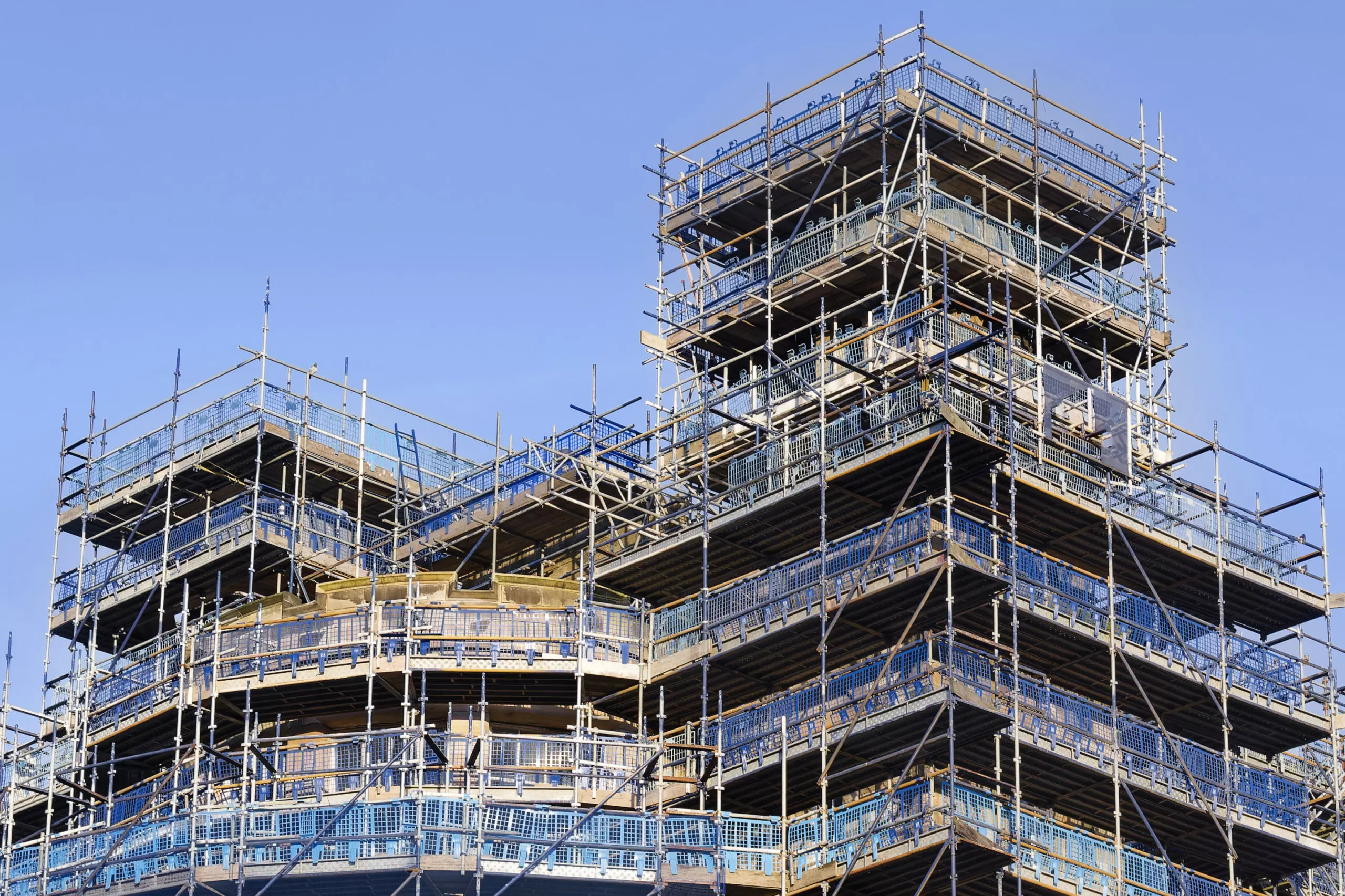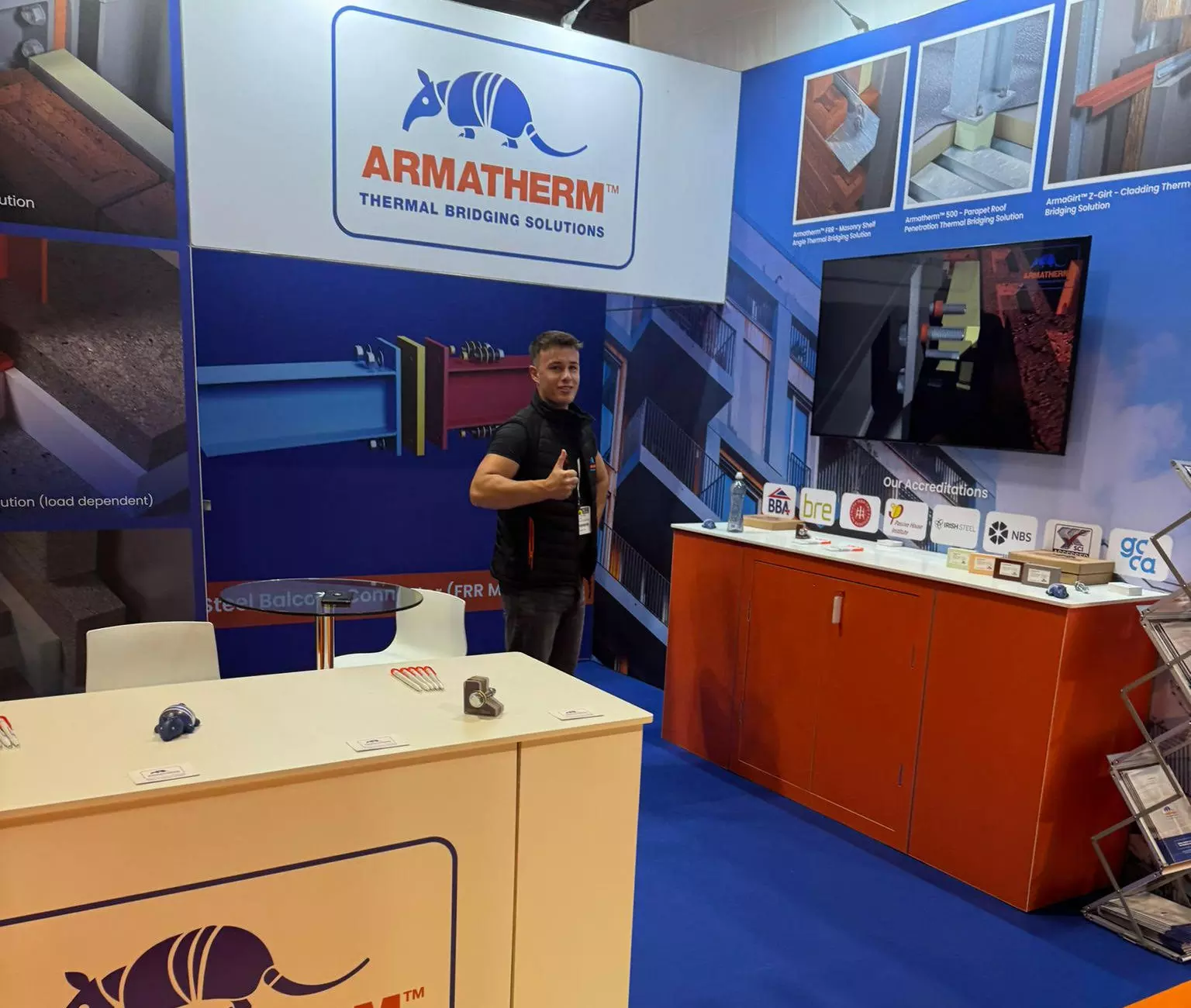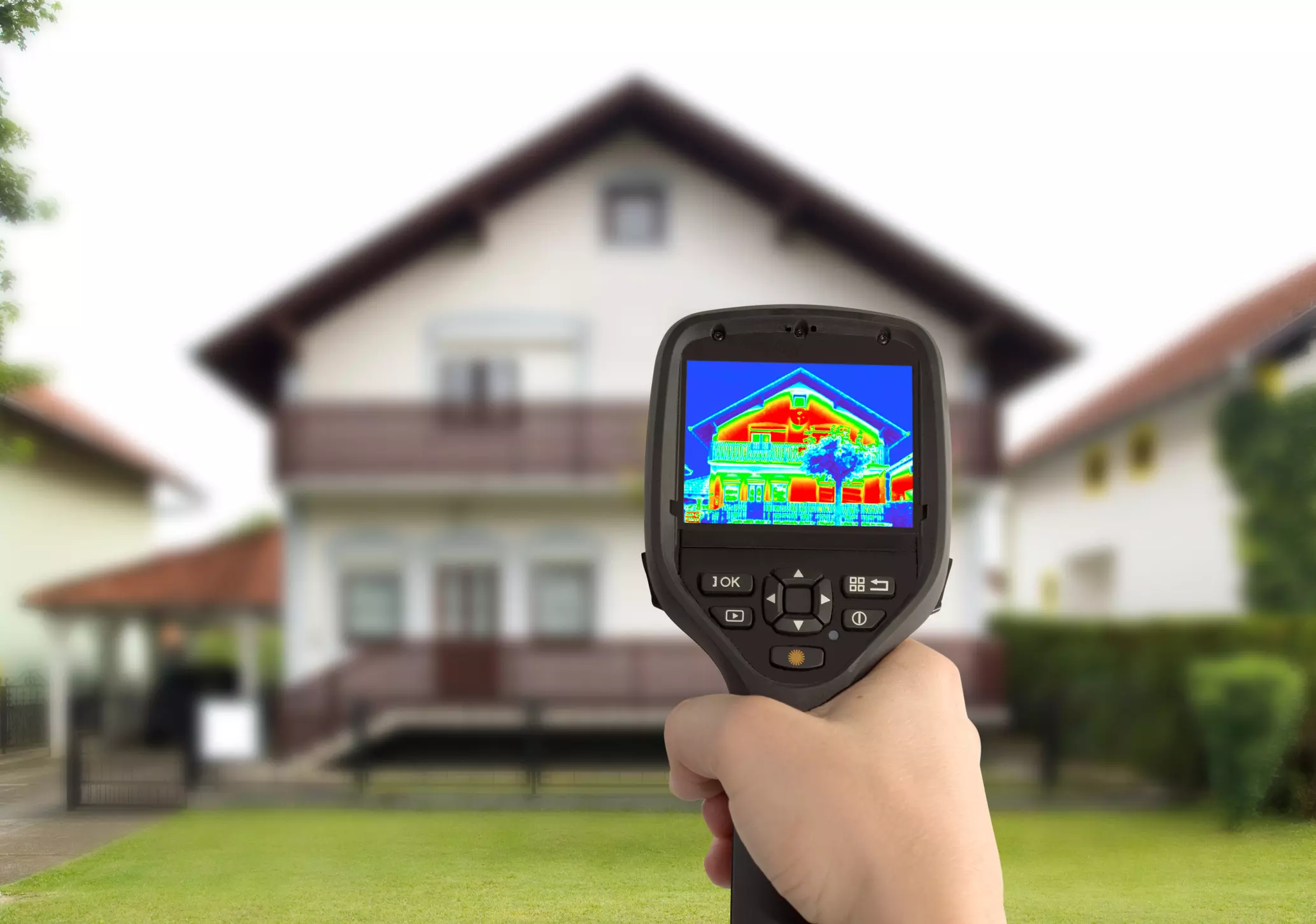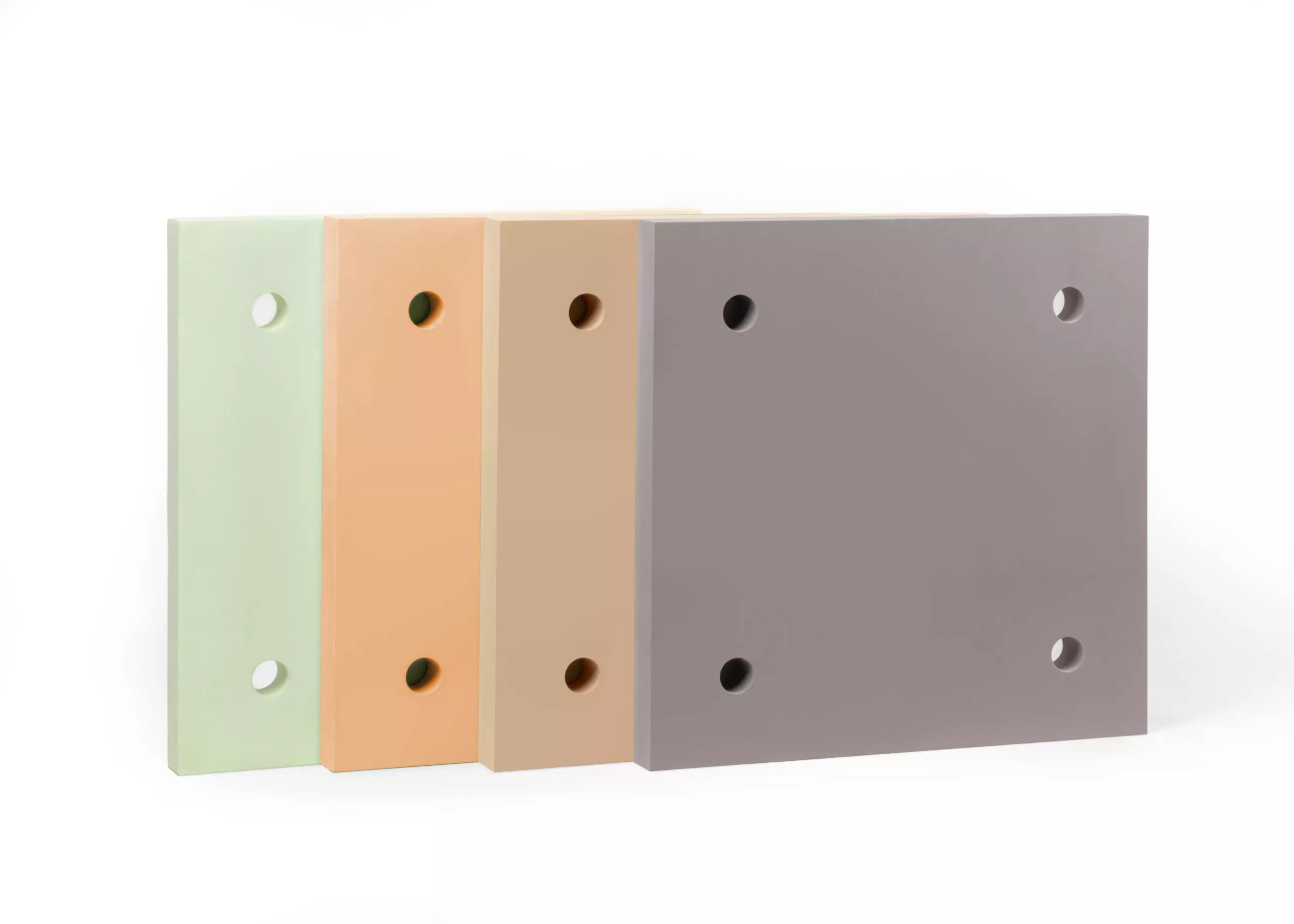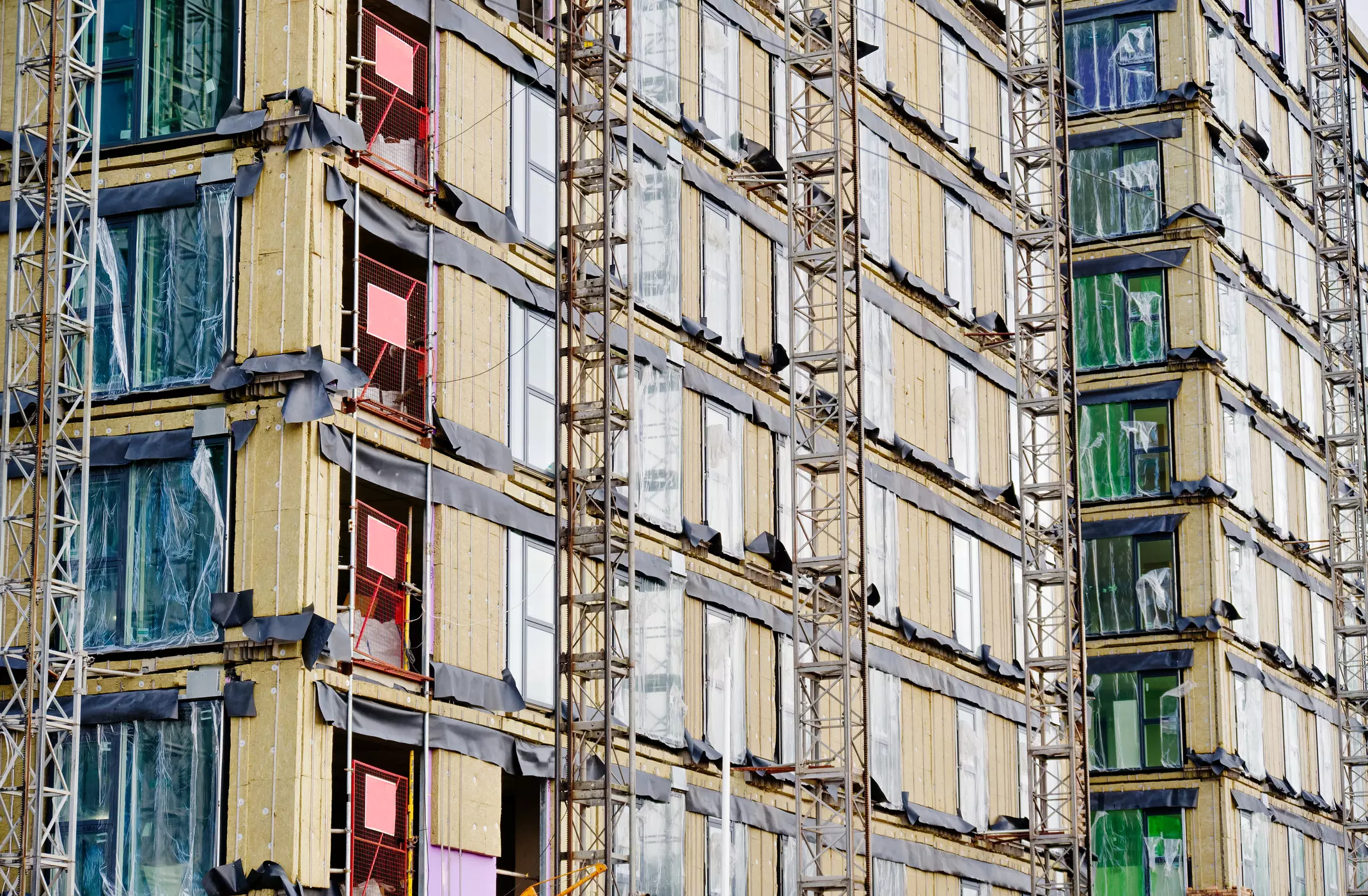
Are Thermal Breaks Required to Be Non-Combustible?
Adhering to fire regulations and ensuring that materials are non-combustible is critical to new construction projects especially since the Grenfell disaster. Of course, standards have always been in place to ensure the safety of occupants, however with revelations about the incident continuing to come to light, it is now more than ever before, vital that materials used are non-combustible to limit the risk of fire. Thermal breaks, on the other hand, are still exempt from needing to be non-combustible as per The Building Regulations, Part L Section B.

Are There Viable Non-Combustible Alternatives to Thermal Breaks?
Due to the above and the need to combat thermal bridging, it is essential to install thermal breaks. Our Armatherm™ FRR thermal break material, although not non-combustible, is made of a reinforced, thermoset resin which is fire resistant. Even though it doesn’t eliminate the risk of fire like non-combustible materials do, it does limit it. Combine this with being surrounded by non-combustible materials, it is one of the solutions that ensures construction projects adhere to regulations whilst also combating thermal bridging and ensuring optimal energy efficiency.

How Does Armatherm Minimise Fire Risk in Its Thermal Breaks?
Even though it is not a requirement for thermal breaks to be non-combustible, here at Armatherm, we have developed products which limit the risk of fire as the safety of occupants is a high priority. To find out more about our range of products please contact one of the team today.


